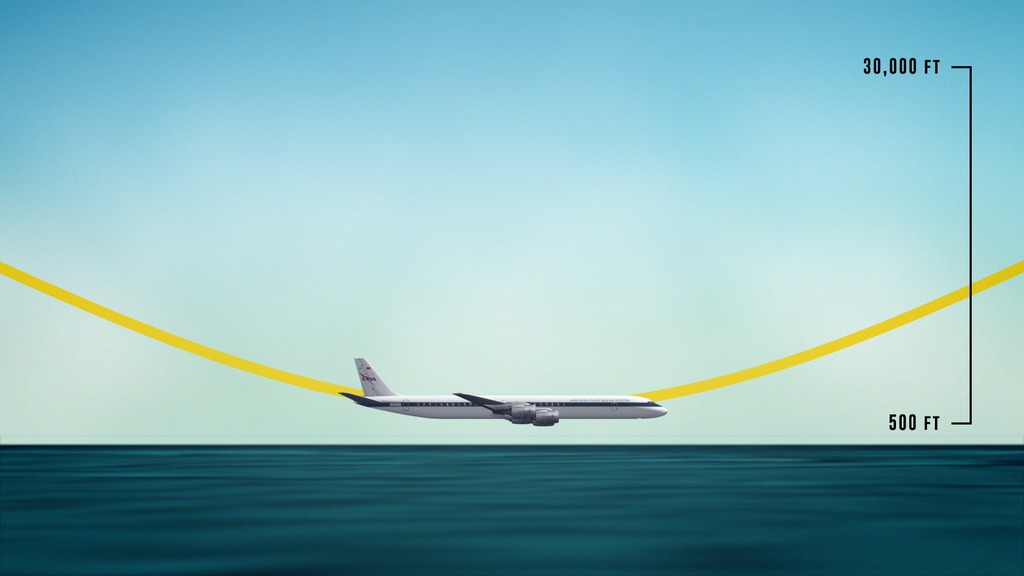Measuring the Atmosphere on ATom's Final Flight Around the World
NASA's Atmospheric Tomography (ATom) mission team just finished their final trip around the world, taking atmospheric samples from all over our home planet. Flying in NASA's DC-8 plane, the scientists and engineers collected their samples during four different trips, one for each season, to see how the atmosphere changed across fall, winter, spring and summer.
Christina Williamson of the National Oceanic and Atmospheric Administration (NOAA) studies aerosols, tiny particles in the air, either blown up from Earth's surface or forming in the atmosphere. These particles can affect the climate and human health, so understanding them better can help improve models and quality of life.
Music: Pleasant Flight by David Backes [GEMA], Peter Moslener [GEMA]
Complete transcript available.
Reem Hannun operates the airborne formaldehyde instrument on ATom. The instrument uses laser spectroscopy to measure formaldehyde levels in the air, which can help researchers learn more about the lifespan of greenhouse gases like methane.
Music: Discreet Momentum by Theo Golding [PRS]
Complete transcript available.
Credits
Please give credit for this item to:
NASA's Goddard Space Flight Center
-
Producer
- Kathryn Mersmann (USRA)
-
Writer
- Ellen T. Gray (ADNET Systems, Inc.)
-
Videographer
- Michael J. Agnew (Arcata)
Release date
This page was originally published on Wednesday, June 6, 2018.
This page was last updated on Wednesday, May 3, 2023 at 1:46 PM EDT.
